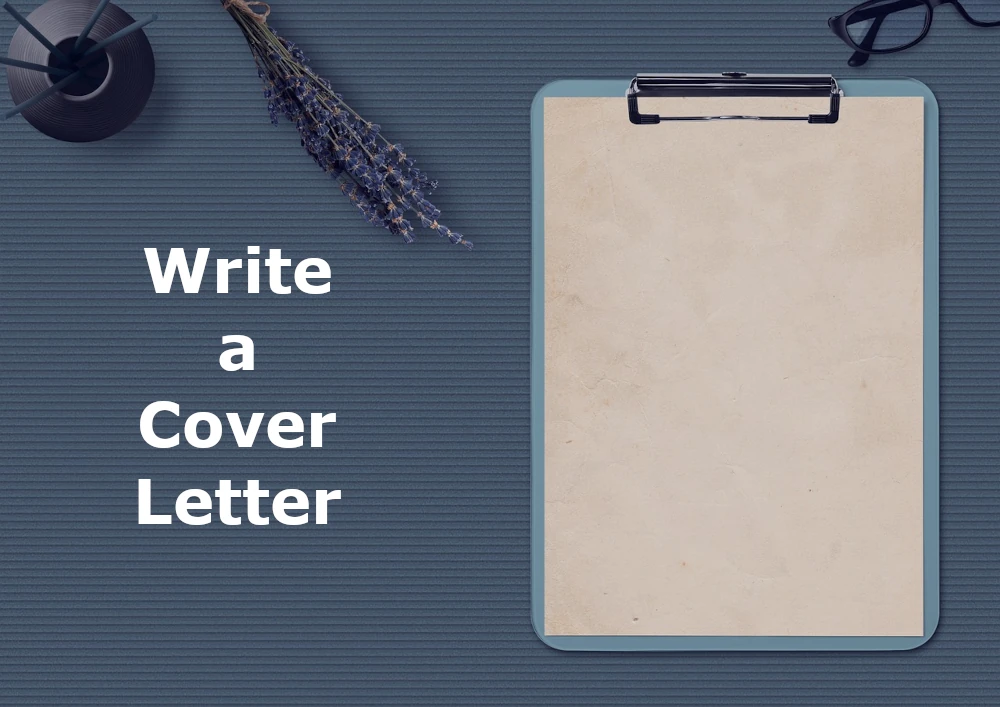Using a fantastic CV enables job seekers to open the door, while a powerful cover letter makes employers approve entrance. Each cover letter used by UK job seekers serves as a vital instrument for determining interview candidates instead of eliminating applicants. Therefore, learning how to write a cover letter effectively is essential for making a strong impression and increasing your chances of success.
The guide explains the sequential process for developing a British cover letter, which demonstrates your capabilities while engaging UK employers.

Job seekers should grasp what cover letters are and their vital importance.
A cover letter serves as a one-page document that professionals in a job search need to send with their CV when applying for positions. Your cover letter helps employers recognize you while demonstrating your qualifications for the vacancy and sharing your traits that cannot be found in a CV.
The UK job market requires professional candidates to supply recruiters with perfectly designed cover letters for most employment opportunities. The document demonstrates to potential employers that you have studied the role thoroughly and possess strong communication abilities as well as genuine job interests.
Many candidates underestimate the power of learning to write a cover letter that is tailored, concise, and compelling—yet it’s often the key to landing an interview.
How Long Should You Write a Cover Letter Be in the UK?
- Keep it to one page:
A UK cover letter should contain content that extends only to one page of an A4-sized sheet.
- Aim for 250–400 words:
The brief document enables you to deliver compelling arguments that both maintain Focus and avoid long-winded discussions.
- Your UK cover letter needs to occupy a space of three to four paragraphs.
The proper organization follows the introduction, the body sections, and finally, the conclusion.
Step-by-Step Guide to Writing a UK Cover Letter
Creating a cover letter might generate fear because the following steps transform this complex task into something easier to handle. Here’s how to approach it:
1. Start with the Right Header
At the top of your cover letter, put:
- Your full name
- Your address
- Your email address
- Your phone number
- The date
- The company name and employer
2. Address the Letter Properly
▶ Use a real person’s name:
If you can, try to learn who is hiring and use their name (e.g., “Dear Ms. Smith”).
▶ Don’t use “To Whom It May Concern”:
If you can’t think of a name, “Dear Hiring Manager” is a good, professional option.
3. Craft a Strong Opening
You need to mention which specific position you seek at work.
The position you seek, along with its discovery mechanism, should be stated.
▶ Show enthusiasm:
Express genuine interest in the company and position right from the initial sentence.
Example:
My application for the Marketing Executive position at XYZ Ltd through LinkedIn makes me feel delighted. The creative campaigns produced by XYZ fascinate me so much that I want to contribute my skills to your active team.
4. Highlight Your Relevant Skills and Experience
▶ Highlight the most relevant experience:
Homogenize this section based on the job advertising requirements.
▶ Use specific examples:
Show examples that illustrate how your qualifications have generated substantial achievements.
▶ Be concise:
Students should elaborate on important points from their CVs rather than presenting basic information again.
Example:
Through my time at ABC Agency, I led their digital marketing campaign to achieve 40% higher client engagement during six months, which demonstrates I can replicate this success at XYZ Ltd.
5. Show Why You’re a Good Fit for the Company
▶Connect your values to theirs:
Point out which characteristics of the company hold personal significance.
▶ Demonstrate cultural fit:
Companies in the United Kingdom assign high value to candidates who possess skills and blend with their work environment culture.
Example:
The sustainable approach of XYZ fits my personal values within ethical business because I started sustainable programs during my last company.
6. End with a Confident Closing
▶ Summarise your interest:
Reaffirm your enthusiasm for the role.
▶ Invite them to contact you:
Suggest to the recipient that you would like to meet or arrange an interview.
▶ Thank them for their time:
Providing a little courtesy creates a significant impact.
Example:
I am available to share my experience, which can support the marketing team of XYZ Ltd. I appreciate your attention to my application submission.
7. Sign Off Correctly
▶ Address your letter to a named person, then use “Yours sincerely” as the closing.
Use “Yours faithfully.”
Example:
Yours sincerely,
[Your Name]
Final Thoughts
Creating a compelling UK job market cover letter requires no reason for intimidation. Your chances of being invited for an interview will increase if you keep the text brief yet targeted and demonstrate both passion and suitability for this position. To stand out in the competitive UK job market, it’s crucial to write a cover letter that highlights your strengths and aligns with the employer’s needs.
The initial impact you make comes through your cover letter, so ensure it delivers strong results.
FAQs About UK Cover Letters
Q: Do the contents of my cover letter need to differ from those in my CV?
A: Absolutely. The cover letter must support the CV instead of repeating its information.
Q: What is the proper process regarding reference inclusion in cover letters?
A: Save references for their own separate page while waiting for explicit requesting instructions.
Want to contribute to Rezaid: Write for us today.
